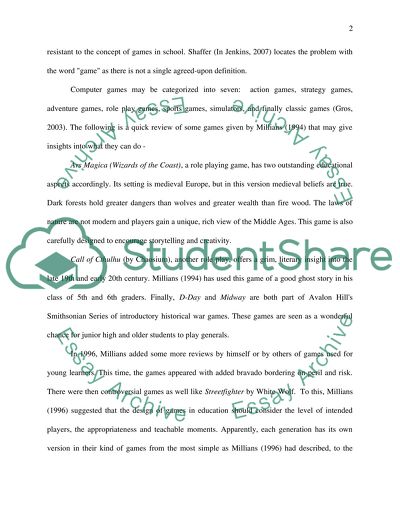Cite this document
(“Computer gaming and education: Lessons in Literacy Essay”, n.d.)
Computer gaming and education: Lessons in Literacy Essay. Retrieved from https://studentshare.org/other/1523326-computer-gaming-and-education-lessons-in-literacy
Computer gaming and education: Lessons in Literacy Essay. Retrieved from https://studentshare.org/other/1523326-computer-gaming-and-education-lessons-in-literacy
(Computer Gaming and Education: Lessons in Literacy Essay)
Computer Gaming and Education: Lessons in Literacy Essay. https://studentshare.org/other/1523326-computer-gaming-and-education-lessons-in-literacy.
Computer Gaming and Education: Lessons in Literacy Essay. https://studentshare.org/other/1523326-computer-gaming-and-education-lessons-in-literacy.
“Computer Gaming and Education: Lessons in Literacy Essay”, n.d. https://studentshare.org/other/1523326-computer-gaming-and-education-lessons-in-literacy.


